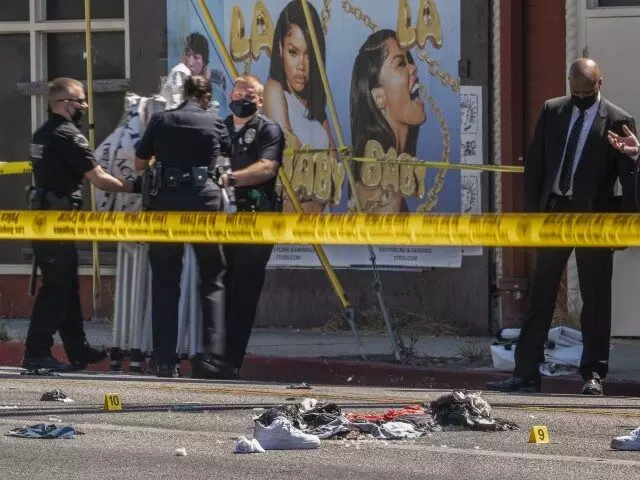The Crime Prevention Research Center’s president, John Lott, recently penned an op-ed highlighting his stance that violent crime has actually increased under President Biden and decreased under President Trump. In this op-ed published by the New York Post, Lott explains that there are two methods of measuring occurrences of violent crime: one involves the number of crimes reported to police yearly, while the other focuses on both reported and unreported crimes.
According to Lott, the first measure is based on the FBI’s National Incident-Based Reporting System (NIBRS), which tracks the number of crimes reported to police annually. The second measure relies on the Bureau of Justice Statistics’ National Crime Victimization Survey, an annual survey that asks approximately 240,000 people whether they have been victims of crime in an attempt to account for both reported and unreported incidents.
Since 2020, these two measures have shown a significant negative correlation: the FBI has reported fewer instances of crime, but at the same time, more people are reporting that they have been victims of crime. This discrepancy can be partially attributed to the fact that in June 2024, Breitbart News reported that thousands of police precincts had not been submitting crime data to the FBI.
The Marshall Project explains that prior to 2021, almost every law enforcement agency was included in the FBI’s database. However, when the FBI transitioned to a new system for compiling data, they would only accept police precinct reports through the new system. Many agencies were unable to adapt to these changes quickly enough, leading to thousands of police departments being excluded from the FBI’s national crime data in 2022. In fact, by 2023, more than 6,000 law enforcement agencies were missing from the FBI’s crime data, representing nearly one-third of the nation’s 18,000 police agencies.
As a result, Lott suggests that establishment media can report a decline in violent crime instances by relying on the FBI stats alone. However, when he looked at the unreported figures from the National Crime Victimization Survey, he found that “for instance, in 2022, the FBI reported a 2.1% drop in violent crime, but the NCVS showed an alarming increase of 42.4% – the largest one-year percentage increase in violent crime ever reported by that measure.
Towards the end of his op-ed, Lott also pointed out that murder rates did indeed decrease by 13% in 2023; however, the preliminary 2023 murder rate still sits 7% above 2019 levels.

